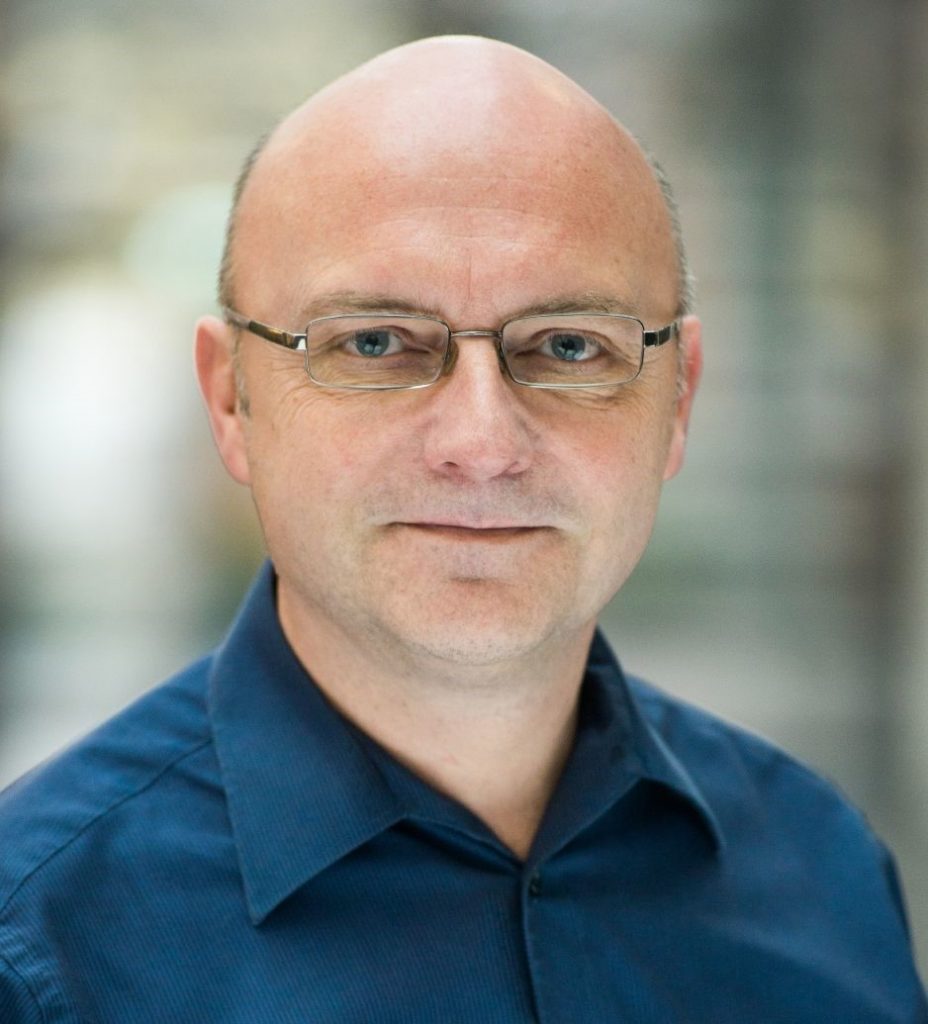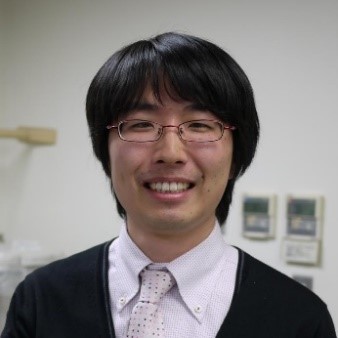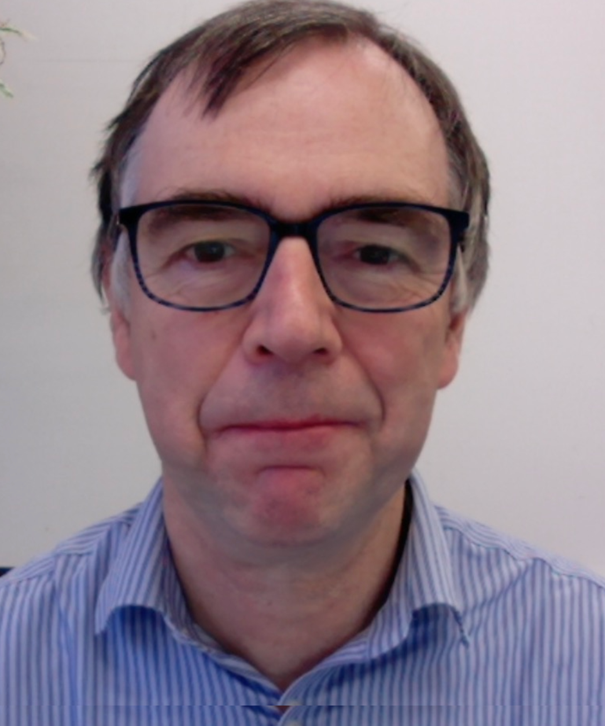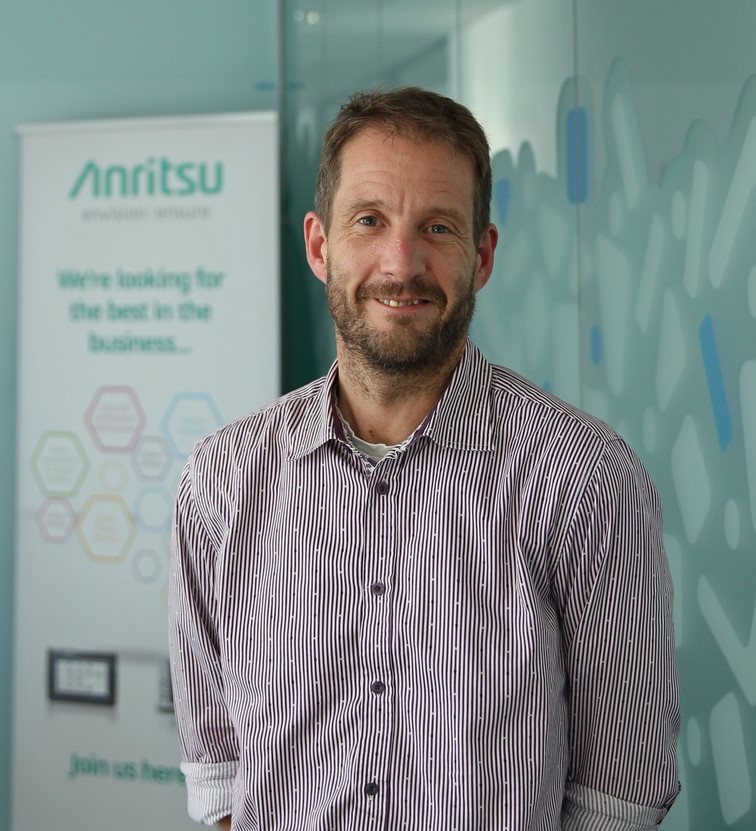Alwyn Seeds, University College London

Bio:
Alwyn Seeds holds the B.Sc, Ph.D. and D.Sc. degrees of the University of London. After working as a Staff Member at Lincoln Laboratory, Massachusetts Institute of Technology and as Lecturer in Telecommunications at Queen Mary College, University of London, he joined University College London in 1986, where he is currently Professor of Opto-electronics, Head of the Photonics Group and Director of the EPSRC National Dark Fibre Facility. He has published more than 500 papers on microwave and opto-electronic devices and their systems applications, of which some 100 have been invited.
Professor Seeds is a Fellow of the Royal Academy of Engineering (UK), an IEEE Life Fellow (USA) and has served as Vice-President for Technical Affairs of the IEEE Photonics Society (USA). He co-founded Zinwave, a manufacturer of wireless over fibre systems, now a unit of Wilson Electronics LLC. There are now over 850 Zinwave systems installed in 26 countries worldwide. Alwyn Seeds was awarded the Gabor Medal and Prize of the Institute of Physics in 2012, the Distinguished Educator Award of the IEEE Microwave Theory and Techniques Society in 2018 and the Engineering Achievement Award of the IEEE Photonics Society in 2023.
Title:
Photonically enabled THz Wireless Technologies
Abstract:
Connections between user devices and the immense bandwidth of the optical fibre network are usually by microwave wireless, limiting the available user bandwidth. The THz spectrum is attracting considerable interest for overcoming this throughput bottle-neck. In this talk, after introducing key system requirements and opportunities for THz communication systems, the use of photonic techniques to generate and distribute the required signals will be presented and some examples of experimental THz communication systems presented.
Gerd Hechtfischer, Rohde & Schwarz

Bio:
Gerd Hechtfischer received the diploma degree in physics from the Technische Universität München, Munich, Germany in 1994 and the Dr. rer.nat. degree in solid state physics from the University of Erlangen, Erlangen, Germany in 1997. His research activities have been focused on microwaves, superconductors and thin film technology. Dr. Hechtfischer holds several patents in this field.
He is currently senior director microwave development at Corporate R&D of Rohde & Schwarz GmbH & Co. KG in Munich, Germany. Gerd Hechtfischer is a senior member of the IEEE.
Title:
Driving the evolution towards 6G
Abstract:
While the rollout of 5G is still ongoing in most parts of the world, the development of 6G, the next level of wireless communication and data transmission, has gained focus in industry and academic research. Increased transmission speed, lower latency and energy efficiency are considered the main objectives of the coming 6G technology. Based on these improvements, 6G is expected to enable new use cases, services, and device forms. To shape the new communication infrastructure, progress in radio hardware is needed as a strong contribution at the physical layer. The talk will give insights how advances in microwave test and measurement instruments are addressing technical challenges on the road to 6G.
Safumi Suzuki, Tokyo Institute of Technology

Bio:
Safumi Suzuki received the B.E. degree in electrical and electronic engineering and M.E. and D.E. degrees in electronics and applied physics from the Tokyo Institute of Technology, Tokyo, Japan, in 2005, 2007, and 2009, respectively. From 2009 to 2014, he was an Assistant Professor with the Department of Electronics and Applied Physics and, from 2014 to 2016, an Associate Professor with the Department of Physical Electronics, Tokyo Institute of Technology, respectively. Since 2016, he has been an Associate Professor with the Department of Electrical and Electronic Engineering, Tokyo Institute of Technology. His research interests include terahertz electronic devices and applications.
Title:
Terahertz signal sources with milliwatt-class output powers using resonant tunneling diodes
Abstract:
Use of Terahertz (THz) waves are expected for high-capacity communications and sensing applications in Beyond 5G/6G system, etc. However, semiconductor THz signal sources face limitations due to their low output power. Studies on semiconductor THz sources include optical devices like quantum cascade lasers (QCLs) and electronic devices like diodes and transistors. Resonant tunneling diodes (RTDs) have negative differential conductance characteristics, which enables formation of oscillators, and are promising for THz sources due to compactness and high-frequency operation. RTD devices also have a problem in low output powers, but efforts for increase in output power have been conducted. Recent work achieved 11.8 mW at 450 GHz with a 36-element coherent array, and 0.7 mW at 700 GHz with strongly coupled two-element array. RTD oscillators with double slotring antennas exhibit >1 mW output power with a good directivity in 400 GHz range. Studies to increase single oscillator power have also been made. We proposed a cavity resonator structure to enhance single oscillator output power in high-frequency range. This resonator, with low loss and low inductance, achieves high output power even with large-area RTDs, but a thermal destruction due to large current became a problem. Using InP with small thermal resistance for the lower electrical conduction layer instead of InGaAs, improved heat dissipation prevents thermal destruction. A device combining a cavity resonator and an array technique achieved 0.24 mW at a very high frequency of 925 GHz
Joel Dunsmore, Keysight

Bio:
Joel Dunsmore is a Keysight R&D Fellow working at the Santa Rosa Site. He received his Ph.D. from Leeds University in 2004. He was a principal contributor to PNA family of network analyzers, with recent work in non-linear test, including differential devices, and mixer measurements, as well as modulated and spectrum measurements. He has received 36 patents and authored the “Handbook of Microwave Component Measurements, 2nd Edition (John Wiley, 2020)”, and has the YouTube Channel @DrJoelVNA.
Title:
Advances in Wideband Modulated Load-pull Measurements for Power, EVM and ACPR
Abstract:
Load-pull measurement using mechanical tuners is the classic way to determine the proper matching impedance of a power amplifier operating under nonlinear conditions. These tuners provided a wide range of impedances, but only over a narrow bandwidth. For the narrow-band modulation conditions of traditional 4G and LTE systems, this seemed sufficient. But for modern 5G and Non-Terrestrial Networks (NTN), bandwidths can be much wider and the narrow-band matching of mechanical tuners is not sufficient. This paper presents new methods using active sources to present proper loading conditions to amplifiers driven with wideband modulated signals. The active load presents a wideband load to the DUT, through active injection. Further, these methods can extract power, Error-Vector-Magnitude (EVM) and Adjacent Channel Power (ACPR) as a function of load impedance changes. Active loads over wide bandwidths has been shown in previous work, but this work shows extracting modulation parameters (EVM and ACPR) as wells as power and gain. The load conditions can be single impedance, or present an impedance profile that might match what an antenna would present to the amplifier-under-test. The paper will explore measurement results for an active device under these various conditions.
Peter G. Huggard, UKRI – RAL Space

Bio:
Peter Huggard graduated from Trinity College Dublin, Ireland with an honours degree in experimental physics. This was followed by a PhD on the generation and detection of short pulse terahertz radiation. After post-doctoral research at Universität Regensburg, Germany, and the University of Bath, UK, and lecturing in physics at the University of Bath, he joined the CCLRC Rutherford Appleton Laboratory, Harwell, Oxfordshire, UK in 2000. He is now leader of the 35 strong combined Millimetre Wave Technology and Chilbolton Observatory Group there. The group develops and produces state of the art semiconductor technology for Earth observation and radio astronomy, supporting operational meteorology and scientific research. It also builds and operates a suite of specialised radars, used for studying the atmosphere and tracking near Earth space objects such as satellites and debris. The MMT group’s work is supported by our own specialised in-house machining and semiconductor processing facilities. It has spun off a company, Teratech Components Ltd., and has recently licenced space technology to Spire Global Ltd. Beneficiaries of the group’s work include the UK academic research community, ESO, UKRI, UKSA and ESA, UKMO, Airbus Defence and Space and EUMETSAT.
Dr Huggard has published over 75 peer reviewed journal papers. He is a UK Research Councils’ Individual Merit fellow, a chartered physicist and a senior member of the IEEE. He also holds a visiting professorship at the Department of Electrical and Electronic Engineering, University College London.
Publications can be got at https://orcid.org/0000-0002-6613-5683
Title:
Technology for remote sensing applications at W-band and higher frequencies
Abstract:
The Millimetre Technology Group at RAL Space, part of UK Research and Innovation, specialises in the development and supply of waveguide heterodyne technology at frequencies from the W-Band to above 1 THz. I will describe the Group’s capabilities, particularly in the areas of precision CNC machining and air-bridged Schottky diode technology, and report on some recent collaborative instrumentation projects for Earth observation, radioastronomy and atmospheric science. The largest of these is the supply of high reliability space flight receivers at frequencies up to 229 GHz for atmospheric remote sensing, part of EUMETSAT’s MetOp-Second Generation programme. The heterodyne receivers, some working with low noise amplifiers, will provide global atmospheric data on humidity and temperature, critical inputs to numerical weather prediction. Last year, the Group delivered CARUSO to the Sardinia Radio Telescope. CARUSO (Cryogenic Array Receiver for Users of the Sardinia Observatory) is a 16 pixel, dual polarisation sideband separating receiver covering 75 to 116 GHz. It incorporates cryogenic p-HEMT low noise amplifiers and sideband separating InGaAs sub-harmonic mixers with low local oscillator power requirements. The design and performance of the instrument will be reported. Finally, I will present GRaCE (G-band Radar for Cloud Experiments), a 200 GHz ground based solid state Doppler cloud radar. The zenith looking GRaCE is intended to derisk technology and to build the science case for a high frequency space borne cloud radar. Instrument performance aspects and recent results from cloud observations will be discussed.
Jonathan Borrill, Anritsu Group

Bio:
Jonathan has over 30 years’ experience in the area of advanced RF and wireless signalling systems. After graduating from Southampton University (UK) in electronic engineering, Jonathan worked for the UK Ministry of Defence (now Qinetiq) developing advanced millimetre wave communications systems. After a stint at Motorola as application engineering manager, in 2001 he moved to Anritsu. There, after performing business development and management roles for the EMEA region, he was appointed as Head of Global Market Technology for the corporate T&M business.
Jonathan is a full member of the Institute of Engineering and Technology and a Chartered Engineer.
Title:
Innovations in test tools, enabling fundamental 6G research
Abstract:
Industry activity in 6G (also known as IMT2030) is currently in the pre-standards research stage, and there is significant activity to evaluate new frequency bands, new waveforms, and new use cases that can be derived from these. The presentation will introduce innovative new R&D test tools and methods in the area of channel sounding and propagation measurements, together with new testing technologies for sub-THz bands. The measurement challenges, test design concepts and actual measurement results will be presented and discussed, as well as the challenges foreseen to deploy these technologies into 6G networks.
